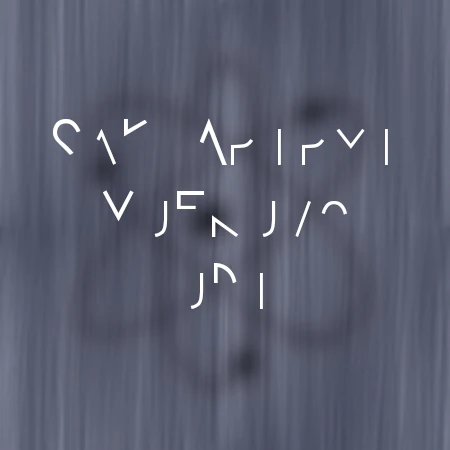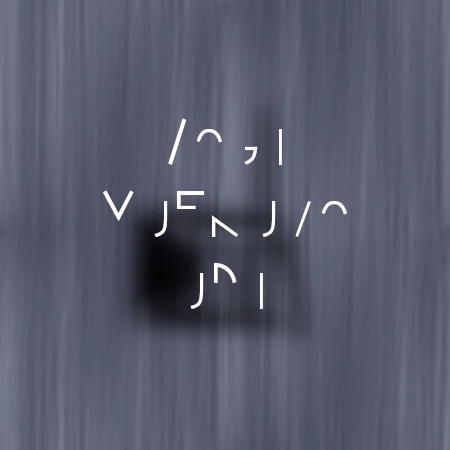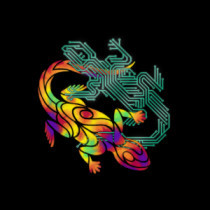Mutalik
"Sick lumps" or tumors are rather common among the Rul and can be caused by a number of environmental factors.
Transmission & Vectors
While tumors can spread throughout the patient's body, they are not known to be infectious. However, some variants are caused by viral infections that are transmitted through bodily fluids.
Causes
Mutalik emerge from cells whose genetic code has been damaged. When these cells continue to reproduce without constraints, they form large lumps of unhealthy, useless tissue.
The genetic damage can have a number of causes.
- Genetic predisposition: Some forms of mutalik, such as growths in the heart region, are more likely to occur in individuals whose family members suffered from them as well.
- Chemical hazards: Certain acids, alcohols and aromatic chemicals are known to damage the genetic code, either by reacting with the DNA itself or interfering with the copying mechanism.
- Ionizing Radiation: Ultraviolet, roentgen or gamma radiation interfere with the energetic balance of the DNA's atoms, breaking the molecules and sometimes even the atoms themselves apart.
- Viral Infections: Viruses insert their own DNA into that of the host cells, and if the host cells survive the release of the new viruses, these genetic alterations remain.
Symptoms
Mutated tissue no longer serves its original purpose and thereby reduces the functionality of the associated organ. When they grow larger, the mutalik often press against blood vessels, cutting off the blood flow to other areas. The material properties of the affected tissue often change, increasing the risk of tearing and subsequent infections. Furthermore, the uncontrolled growth of the cancerous cells often means an increased demand in nutrients, leaving the rest of the body drained.
Treatment
The Rilsu treat these tumors with a combination of Radiotherapy and robot-assisted precision surgery. Secondary symptoms are countered with medication and dietary supplements. Artificial intelligence assists in tailoring the treatment to each individual patient, greatly reducing the risk of side effects.
Prognosis
Nowadays, all of Ranul's citizens have access to affordable healthcare. Most of them undergo regular screenings which can detect these defects in the early stages. Medical technology has reached a level of sophistication that can eliminate about 90% of the abnormal growths on the first attempt, and cure 95% of those whose mutalik regrow afterwards. In the rare cases when the affected tissue can not be removed completely, the mutalik are contained by medication which allows the patients to live a mostly normal life.
Sequela
After all tumors are removed, the patients usually require time to recover from the secondary symptoms. Surgical wounds need to heal, infections need to be treated, and emaciated bodies need to be nursed back to health.
If traces of the mutated cells remain after the first treatment, the mutalik are likely to return after some time.
Prevention
Avoiding carcinogenic environmental factors is the best known prevention. This is the reason why Ranul's population has always been denser on Mustik Hamesi and why Hazu Kalpasu is evacuated during the summer months.
History
Before the The Final War, many forms of this conditions were equal to a death sentence.
Oftentimes the condition was not detected until the secondary symptoms became too hard to ignore. Treatment was far more expensive and less precise, meaning lower success rates and a higher risk of side effects.
To make matters worse, the Final War saw an increased use of chemical, biological and radioactive weapons, greatly increasing the probability of suffering from mutalik in the first place. The damage to vital infrastructure further reduced the chances of receiving medical care. According to the data on the Guardian of Identity, mortality rates for this condition had risen to about 86% by the year 2 NZR.
Cultural Reception
Long before the illness was scientifically explained, it was already associated with the poorer people working in the fire crystal mines on Hazu Kalpasu. However, as more and more potential causes for mutalik were discovered, people became increasingly scared of the fact that it could happen to anyone. Those receiving the diagnosis were usually devastated by the low chances of survival, as were their families who often went bankrupt while trying to pay for the treatment.
Following the end of the Final War, the danger posed by this condition was more real than ever before. Most of Ranul's population had already been wiped out and medical facilities were rare. The environment around the Ralenlos Mountains was soaked in mutagenic warfare agents and radioactive fallout, putting exploration teams at an extremely high risk. Even those who never left the shelters made a habit of checking for unusual growths or secondary symptoms on a daily basis.







Really well written, but man does cancer suck. This world seems to have a much better handle on it than our own!
Thanks, I'm glad that you think that it's well-written! Yeah, the Rilsu are lucky to be ahead of our present-day science.
Creator of the Kaleidoscope System and the planet Miragia.